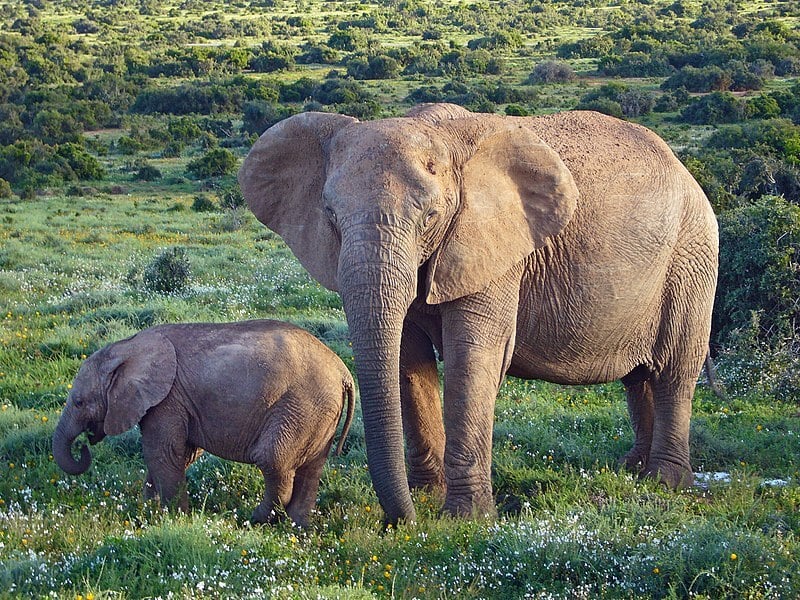Getting the attention of fifth graders can be a challenge, especially when teaching about science. We’ve created this list of science educational videos for fifth graders for teachers and educators to have access in one place. Find four science videos on a variety of different topics curated for fifth grade education level.
Educators get free access to Boclips Classroom to share these videos directly with students in an ad-free, distraction-free platform. Sign up to share more than 1.7M safe, educational videos.
Measure Photosynthesis with Floating Leaves
Did you know that the oxygen you breathe is produced by plants during photosynthesis? “Measure Photosynthesis with Floating Leaves” shows how you can do an experiment called the floating leaf disk assay to see photosynthesis in action.
Define the concept of learning objectives and get a better understanding of the importance of setting clear and measurable learning objectives. Learn to identify the key components of a well-written learning objective and how to align learning objectives with instructional goals. And, this video will teach how to apply the SMART criteria when creating learning objectives.
Smart Fin: Surfing for Science and Climate Insights
Discover how surfers are turning their boards into mobile labs with Smart Fin, a device measuring ocean conditions to aid climate change research. In this video, “Smart Fin: Surfing for Science and Climate Insight,” students will learn the importance of collecting oceanic data for understanding climate change and about the challenges in obtaining accurate data about near shore ocean conditions.
This science video for fifth graders teaches about the ongoing development of technology to measure ocean pH, salinity, temperature, and wave characteristics. Students will learn about the integration of scientific research with recreational activities like surfing and how scientists use innovative tools like Smart Fin to engage communities in environmental conversations.
Static Electricity
“Static Electricity” demonstrates that an electrically-charged object can attract an uncharged object by conducting an experiment with a charged balloon and paper. In this science video for fifth graders, students will learn that everything in the world is made up of atoms and they’ll learn toIdentify the three key parts of an atom: neutrons, protons, and electrons.
Students will get a visual understanding of how electrons can be easily lost from an atom and how they move to other atoms, creating atoms with negative and positive charges. By the end of this science video, students will be able to define static electricity and understand how it is created through the transfer of electrons. Learn how to apply the scientific method to conduct experiments and formulate hypotheses about static electricity.
Tasha Shelton
Tasha Shelton is the Partnerships and Licensing Lead at Boclips, where she fosters relationships with content partners, acquires new content, and curates video collections for customers. Before joining Boclips, she spent 15 years as a secondary school teacher in US public schools.
- #Classroom
- #Video in Digital Learning
- #Educational Videos
- #Tips for Using Video
- #Video Content Partners
- #Boclips for Publishers
- #Issues in Education
- #Educational Videos by Subject Area
- #News and Announcements
- #Events & Holidays
- #Video and Teaching Tools
- #Teaching Methodologies
- #Education Videos
- #Video and Digital Literacy
- #Short Educational Videos
- #Instructional Design
- #Multimodal Learning
- #Video and Student Safety
- #Accessibility in Education
-3.png?width=390&height=223&name=Untitled%20design%20(2)-3.png)


.png?width=1152&height=660&name=Copy%20of%20Untitled%20Design%20(1).png)






